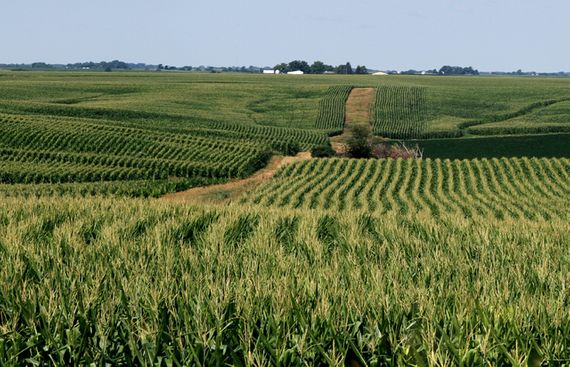Agricultural Demand to Rise by 15% Over Next Decade: Report

Global demand for agricultural products is forecast to grow 15 per cent over the coming decade, while agricultural productivity growth is expected to increase slightly faster, an annual report by the Organisation for Economic Co-operation and Development and the UN's Food and Agriculture Organization said on Monday.
Inflation-adjusted prices of the major agricultural commodities to remain at or below their current levels, according to this year's edition of the OECD-FAO Agriculture Outlook released here.
"Global agriculture has evolved into a highly diverse sector, with operations ranging from small subsistence farms to large multinational holdings," FAO Director-General Jose Graziano da Silva and OECD Secretary-General Angel Gurria write in the Foreword of the report.
Along with providing food, today's farmers "are important custodians of the natural environment and have become producers of renewable energy," Graziano da Silva and Gurria added.
The Outlook gives a consensus assessment of the 10-year prospects for agricultural and fish commodity markets at national, regional and global levels, according to FAO.
The report projects that yield improvements and higher production intensity, driven by technological innovation, will result in higher output even as global agricultural land use remains broadly constant, it said.
Direct greenhouse gas emissions from agriculture, meanwhile, are expected to grow by some 0.5 per cent annually over the coming decade, below the 0.7 per cent rate of the past 10 years and below the projected output growth rate - indicating declining carbon intensity - the report said.
At the same time, new uncertainties are emerging on top of the usual risks facing agriculture. These include disruptions from trade tensions, the spread of crop and animal diseases, growing resistance to antimicrobial substances, regulatory responses to new plant-breeding techniques, and increasingly extreme climatic events.
Worldwide, the use of cereals for food is projected to grow by about 150 million tonnes over the outlook period - amounting to a 13 per cent increase - with rice and wheat accounting for the bulk of the expansion, according to the report.
Population growth is the most significant factor behind the projected growth in food use of staple products and is expected to rise fastest in Sub-Saharan Africa and South Asia.
"Regrettably, the most needy regions are expected to see slow income growth and hence only small improvements in their nutritional status," warned FAO's Assistant Director-General for Economic and Social Development, Maximo Torero.
"The findings point to an overall decline in undernourishment; however, at current rates of improvement, we would remain far off track from reaching the Zero Hunger target by 2030."
Read More News:
Schwing Stetter to Invest Rs 230 Cr in TN
Qualcomm India Joins MeitY to Support Start-up Ecosystem in India


.jpg)
